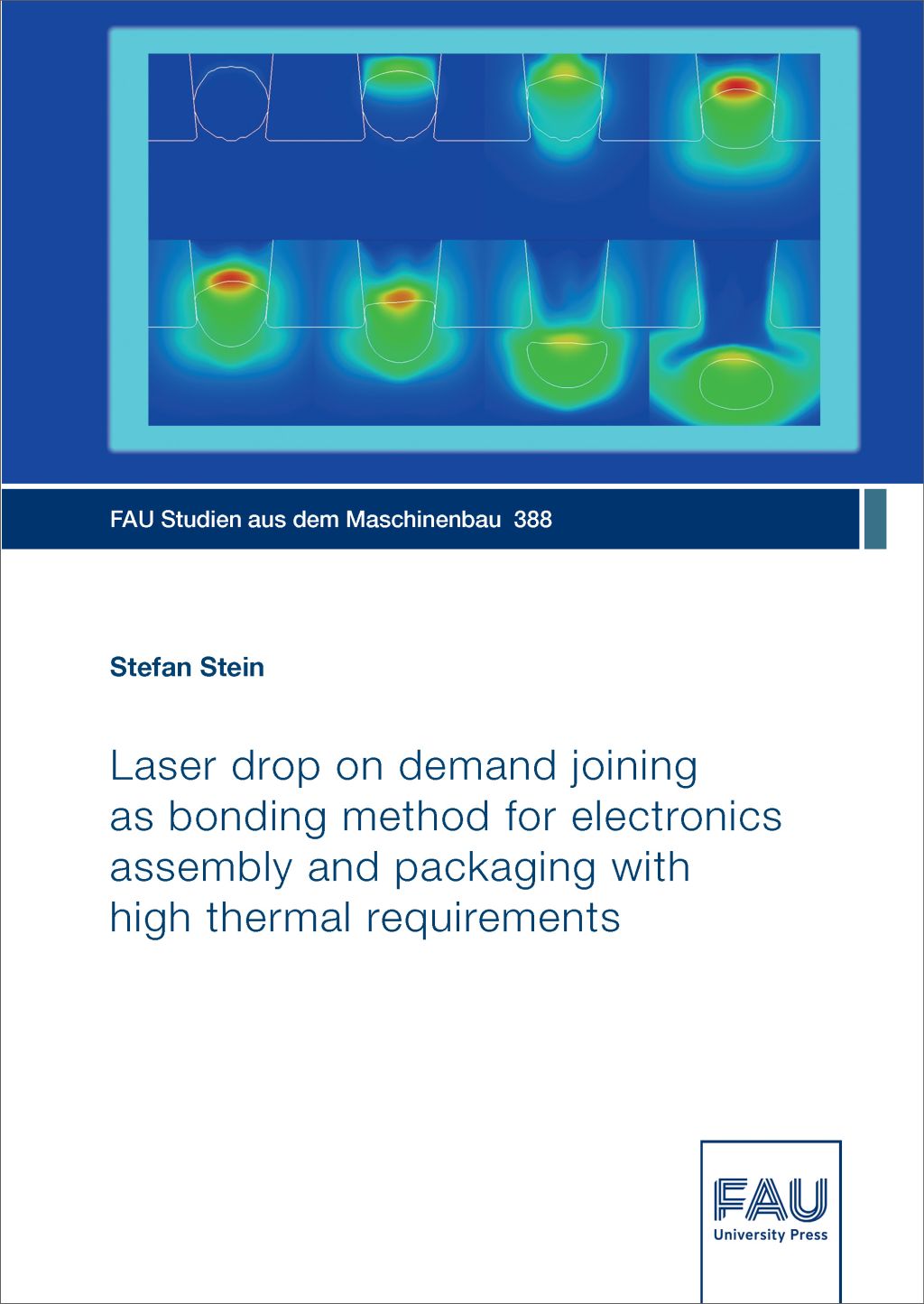Description
In the scope of this work, a novel joining process was developed and investigated from both an application-driven and an academic point of view. The process utilises laser radiation to melt a CuSn-braze preform, which is subsequently detached from a ceramic capillary via inert gas overpressure. After a flight phase, the braze droplet impinges on the joining interface and wets the joining partners where it forms a metallurgical bond after solidification. This process is referred to as laser drop on demand joining (LDJ). It was shown that the shear strength of the joints exceeds the strength of standard tin-based solders by a factor of two and the joints are able to withstand the temperatures and forces occurring during an Al-Casting process. In addition, an ana-lytic model was developed, enabling to quantify the absorptance and thermal energy losses by heat convection, conduction, and radiation, by measuring the time required to melt the preform.


Reviews
There are no reviews yet.